The Importance of Layering: How to Dress Effectively for Hiking

When nature calls, we listen! Adventuring in the great outdoors brings with it the promise of fresh mountain air, breathtaking vistas, and the thrill of conquering a challenging trail. But seasoned hikers know, preparation is the key to a successful and enjoyable adventure. While a sturdy pair of boots and a well-stocked backpack are crucial, understanding how to layer your clothing might be the most underrated skill in your outdoor arsenal…
Why Layering Matters: A Battle Against the Elements

Imagine this: you set off on your trek, all bundled up in the crisp morning chill. But as the day progresses and the temperature rises, exertion ramps up, and you find yourself overheating. Stopping to shed layers disrupts your rhythm, and soon you're soaked in sweat – a prime recipe for discomfort and potential chills later in the day. This is where layering comes in. By strategically using multiple garments, you can adapt to the ever-changing whims of the weather on the fly, staying comfortable and dry throughout your journey.
Layering Like a Pro

Layering effectively involves creating a system that manages moisture and regulates your body temperature. Think of it as a three-act play, each garment playing a crucial role in your comfort:
Act 1: The Base Layer (Your Second Skin)

This closest layer sits directly against your skin, acting like a wicking machine. Its primary job is to move sweat away from your body, keeping you dry and preventing chills. Here, moisture-wicking fabrics are your best friend. Opt for merino wool for its natural odor resistance and temperature regulation, or synthetic materials like polyester for their breathability and quick-drying properties. A good base layer should fit snugly but allow for a full range of motion.
Shop: Baselayers & Thermals
Act 2: The Mid-Layer (Your Insulating Shield)

The mid-layer provides the bulk of your warmth, trapping body heat and keeping you comfortable in cooler temperatures. Fleece jackets are a popular choice for mountain sports due to their lightweight warmth and breathability. However, for colder mountaineering expeditions, consider a down jacket for an exceptional insulation-to-weight ratio (Read our Essential Guide on Down Jackets). The key here is to choose a mid-layer that complements your base layer and outer shell, ensuring proper moisture management. Look for features like zip vents that allow you to regulate your temperature during exertion.
Shop: Fleece Jackets & Pull-ons
Shop: Insulated Jackets
Act 3: The Outer Shell (Your Fortress Against the Elements)

This final layer acts as your shield against the elements. A good outer shell should be waterproof, windproof, and breathable. Look for a jacket with a durable water-repellent (DWR) coating to bead off rain and snow. Features like a hood, pit zips for ventilation, and adjustable cuffs and hem are crucial for keeping the weather at bay while maintaining comfort. Remember, breathability is key – a non-breathable shell will trap sweat, negating the effectiveness of your base layer.
Shop: Hardshell Jackets
Bonus Essentials: Don't Forget the Finishing Touches!

A warm beanie and a pair of gloves are often overlooked but can make a world of difference on the climb. Unexpected temperature drops or windy conditions can leave your extremities feeling exposed and uncomfortable. Choose lightweight yet warm gloves and a beanie made from wool or fleece for optimal comfort and insulation.
Shop: Hiking Accessories
The Layering Advantage: Why It Matters

Mastering the art of layering offers a multitude of benefits for hikers:
- Adaptability: The beauty of layering is its flexibility. Feeling chilly in the morning? Add a mid-layer. Sun getting intense? Peel off your outer shell. Layering allows you to adjust to changing weather conditions on the go, maximizing your comfort throughout the day.
- Comfort is Key: Staying dry and at a comfortable temperature allows you to focus on enjoying the hike, not battling the elements. Layering ensures you're not too hot or too cold, allowing you to hike efficiently and maximize your enjoyment.
- Efficiency on the Trail: No more stopping to completely change clothes mid-hike. Layering allows for quick adjustments on the move, keeping your momentum going and minimizing wasted time.
- Safety First: Proper layering helps prevent hypothermia in cold weather and overheating during exertion. By regulating your body temperature, you can avoid health risks and ensure a safe and enjoyable adventure.
So, the next time you plan your outdoor adventure, don't underestimate the power of layering. By packing a variety of strategically chosen garments, you'll be ready to tackle any trail, rain or shine. If you are planning an extreme adventure then be sure to read our Guide to Extreme Adventure with Rab Clothing. Remember, layering is not a one-size-fits-all approach. Experiment with different fabrics and combinations to find what works best for you and the specific climate of your hike. With a little planning and the right layering system, you'll be well on your way to the adventure of your lifetime!



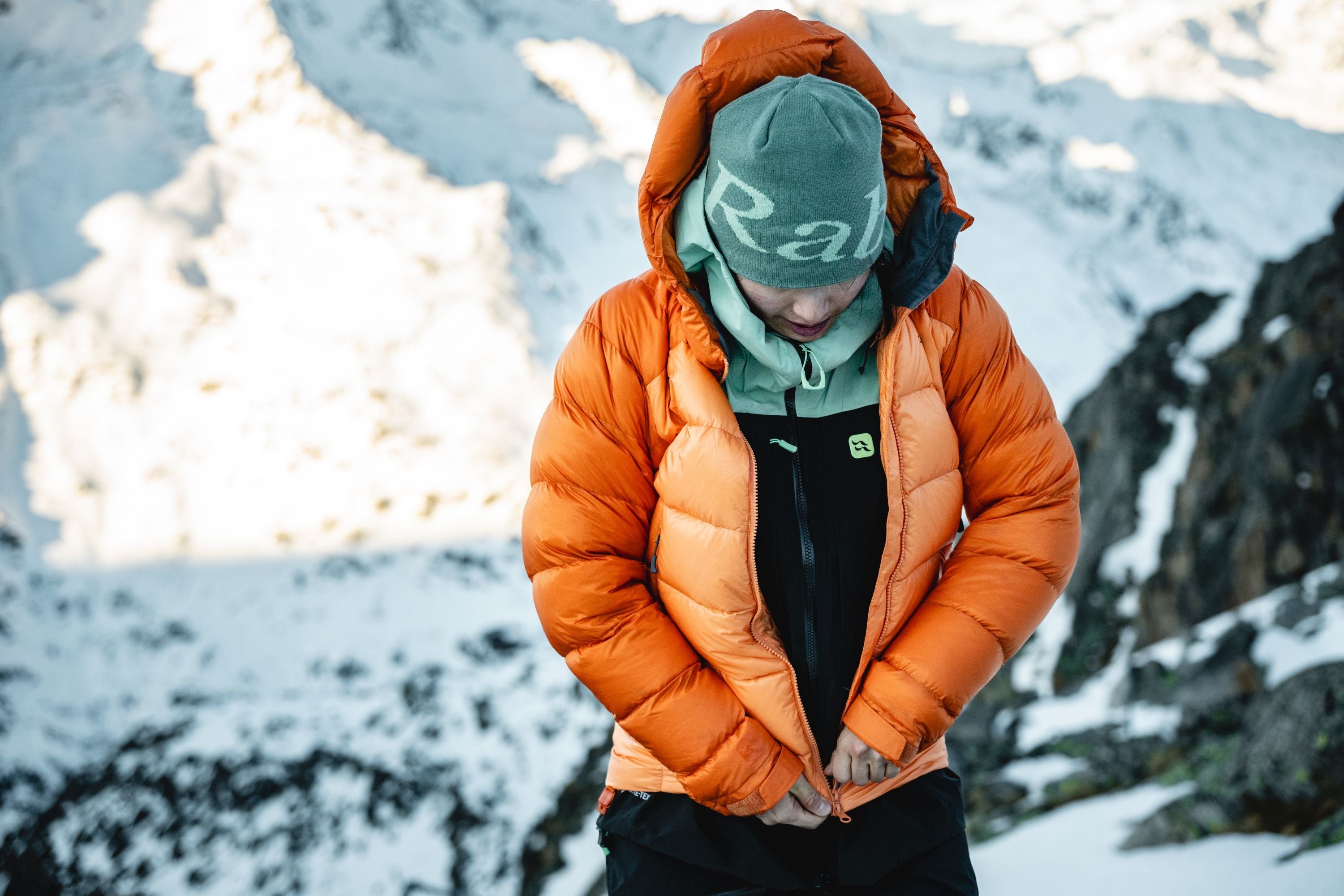
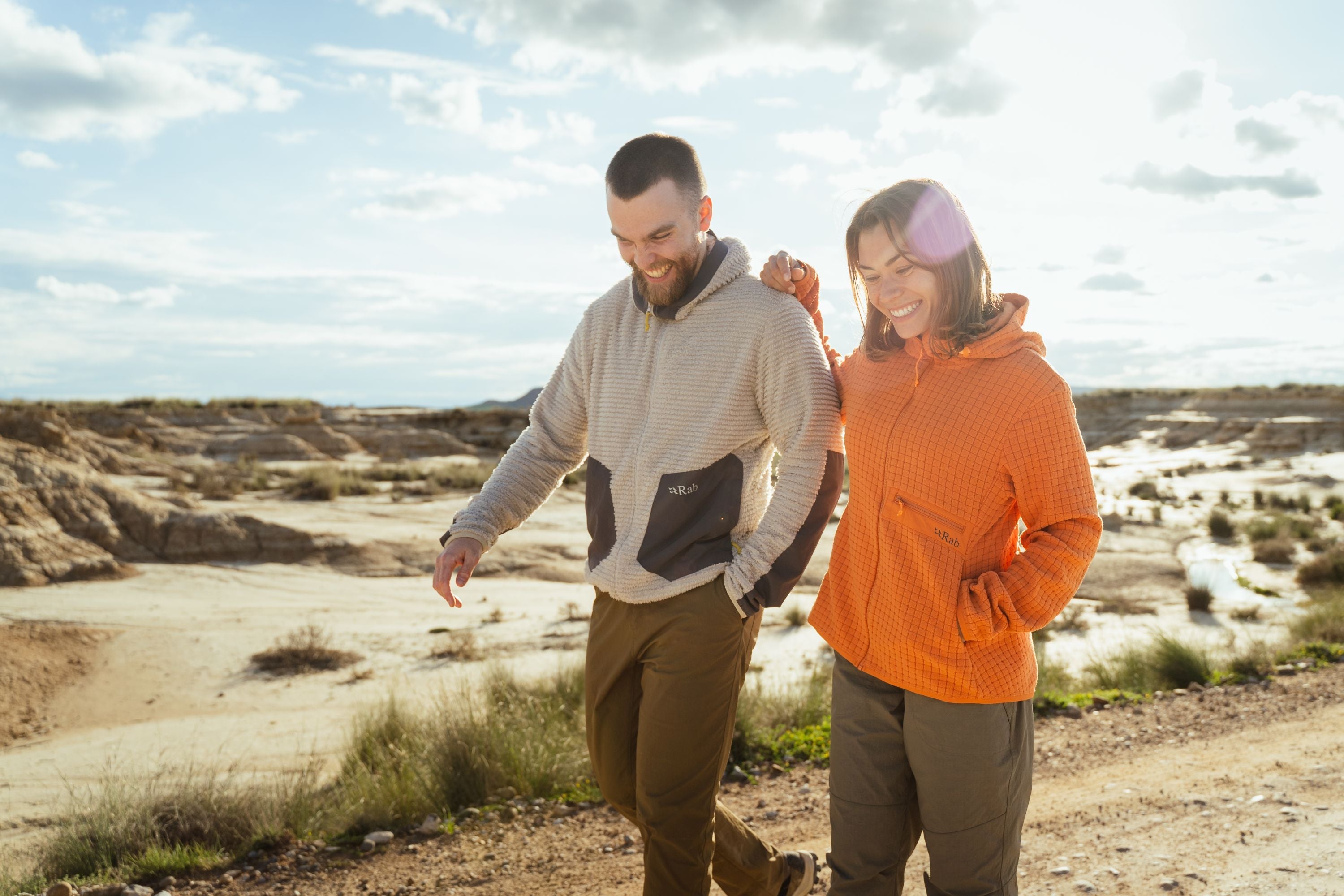

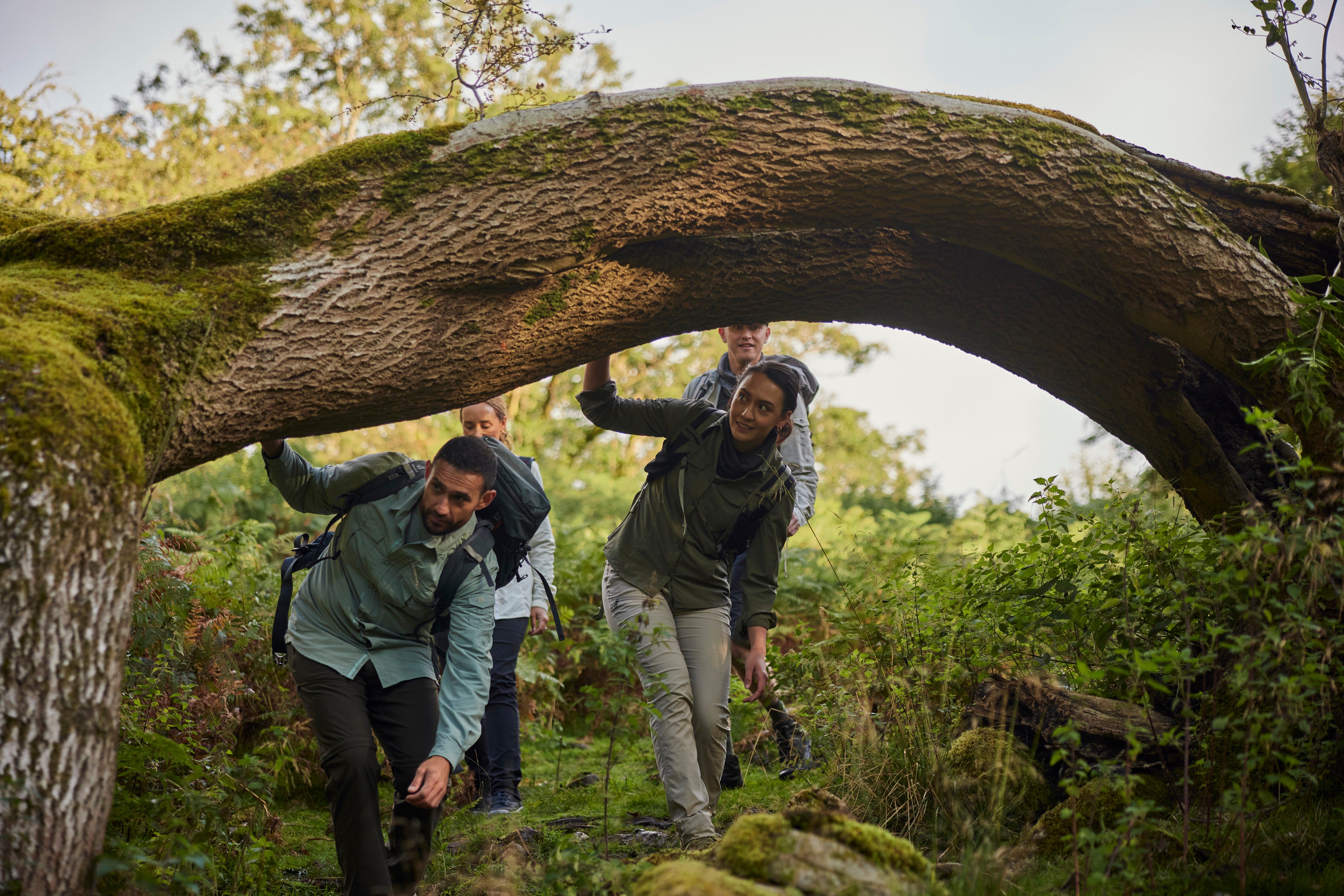
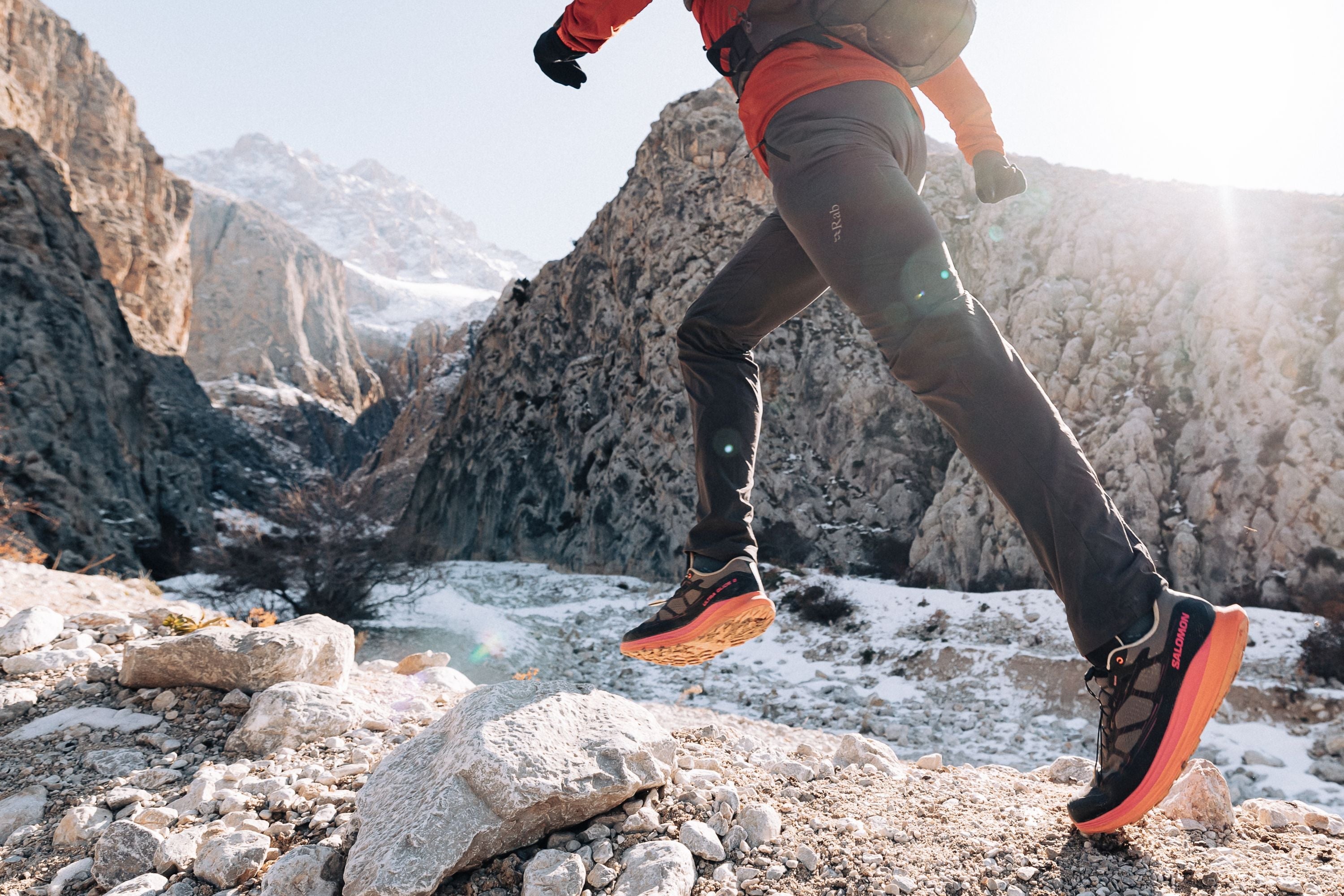
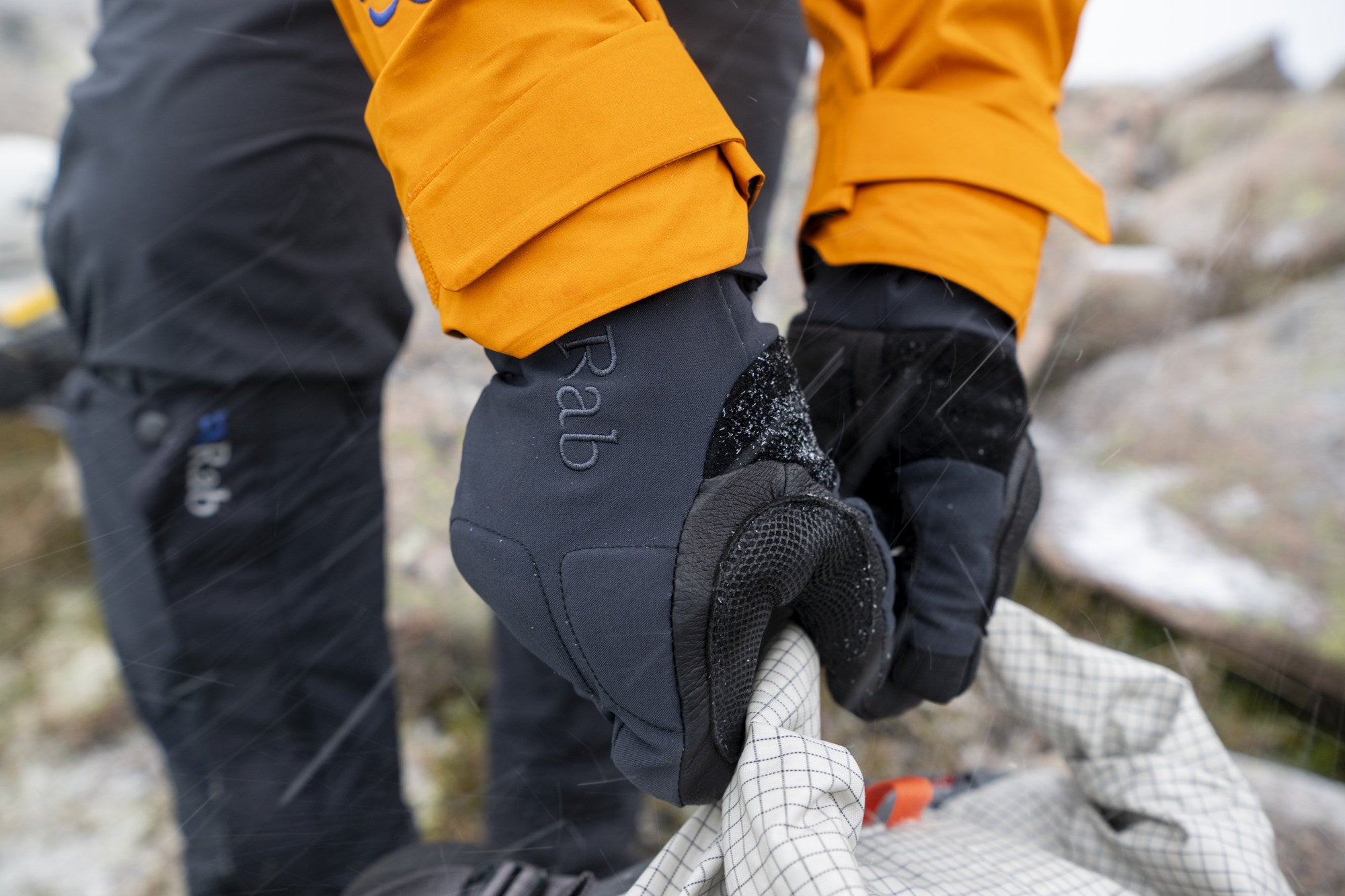
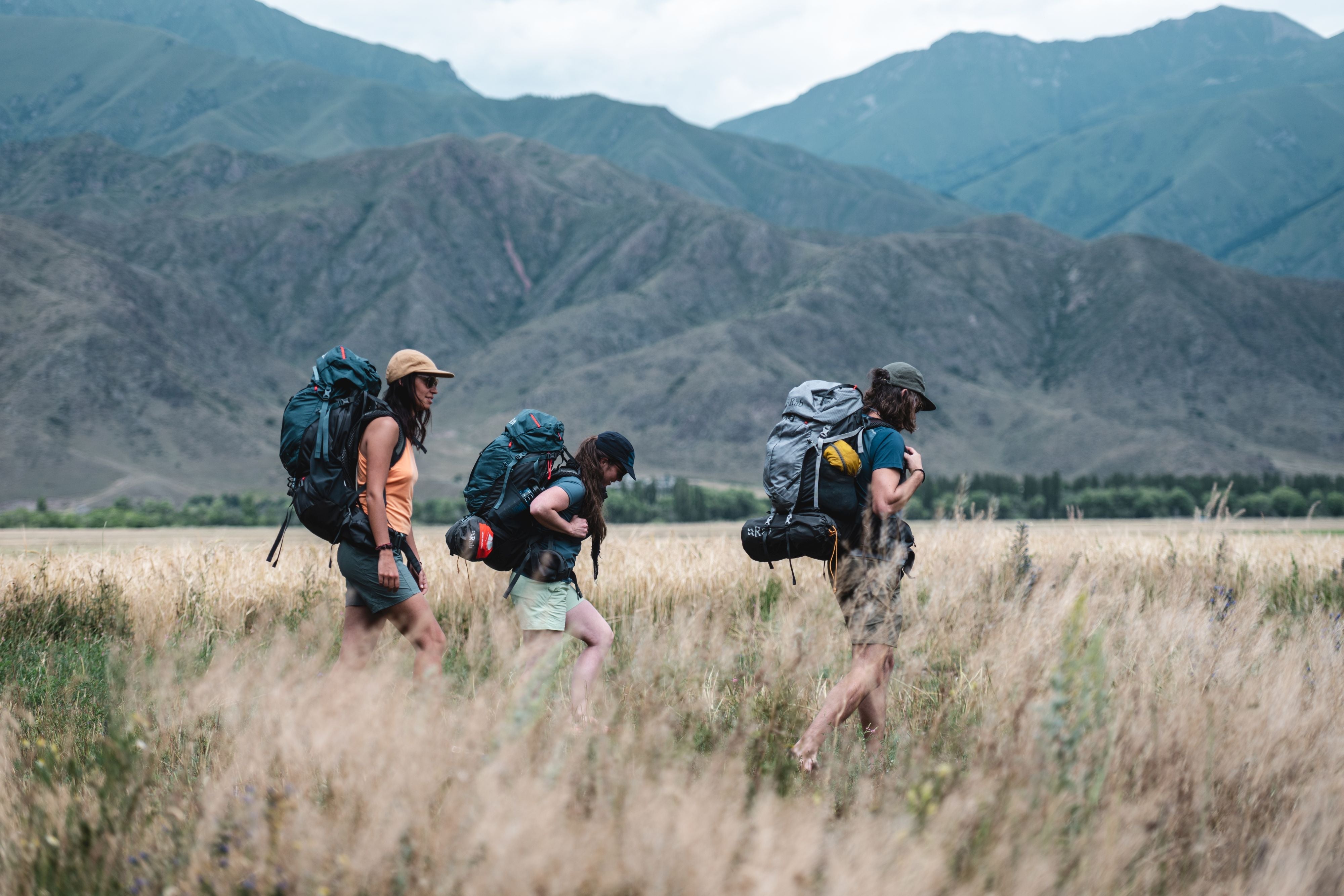
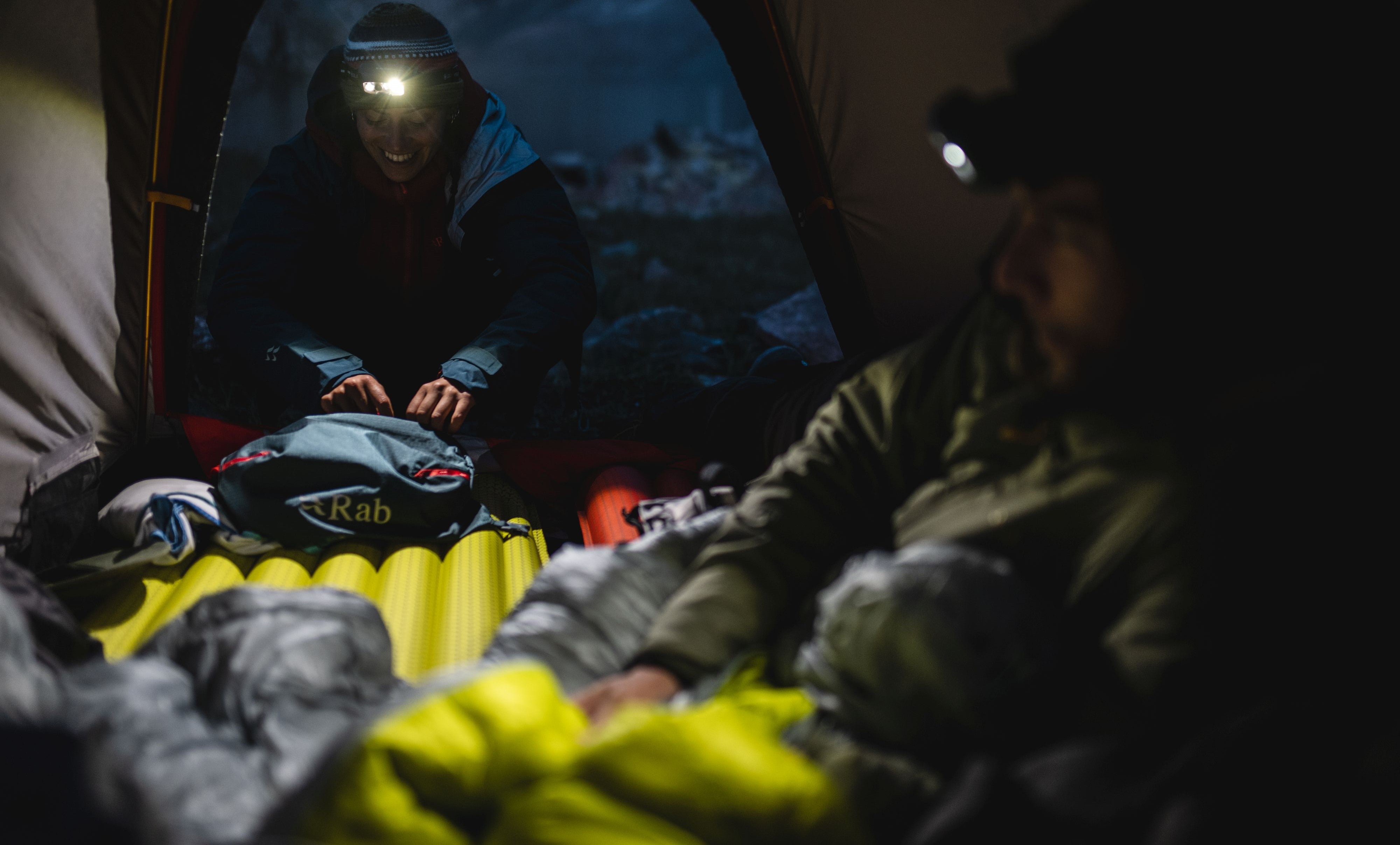
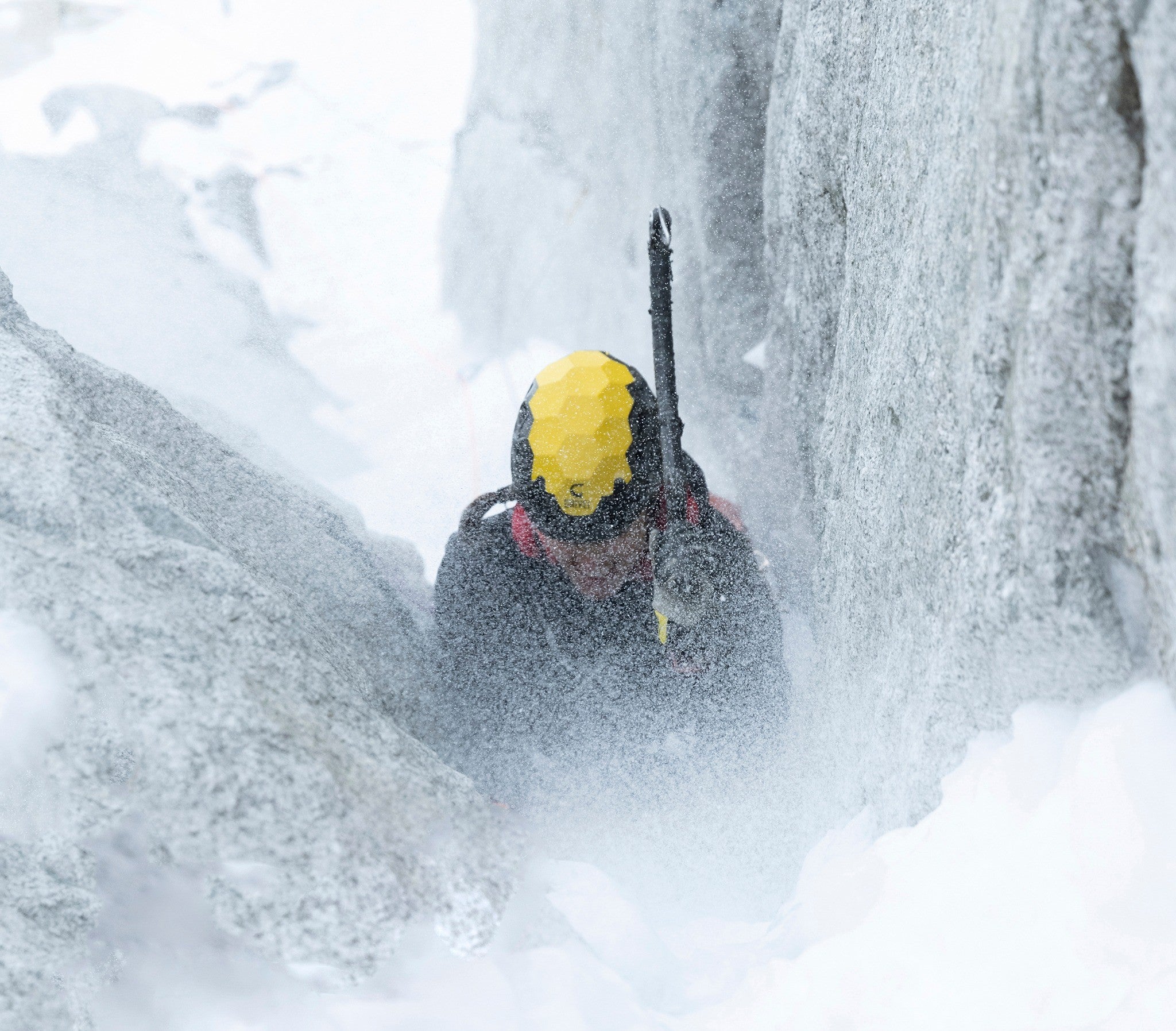

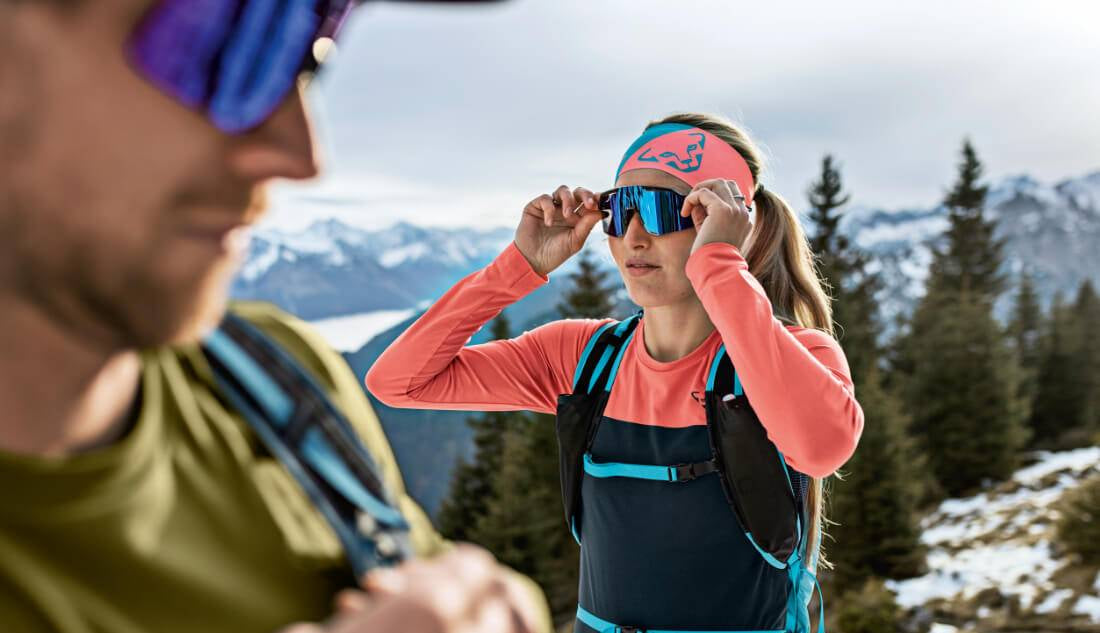
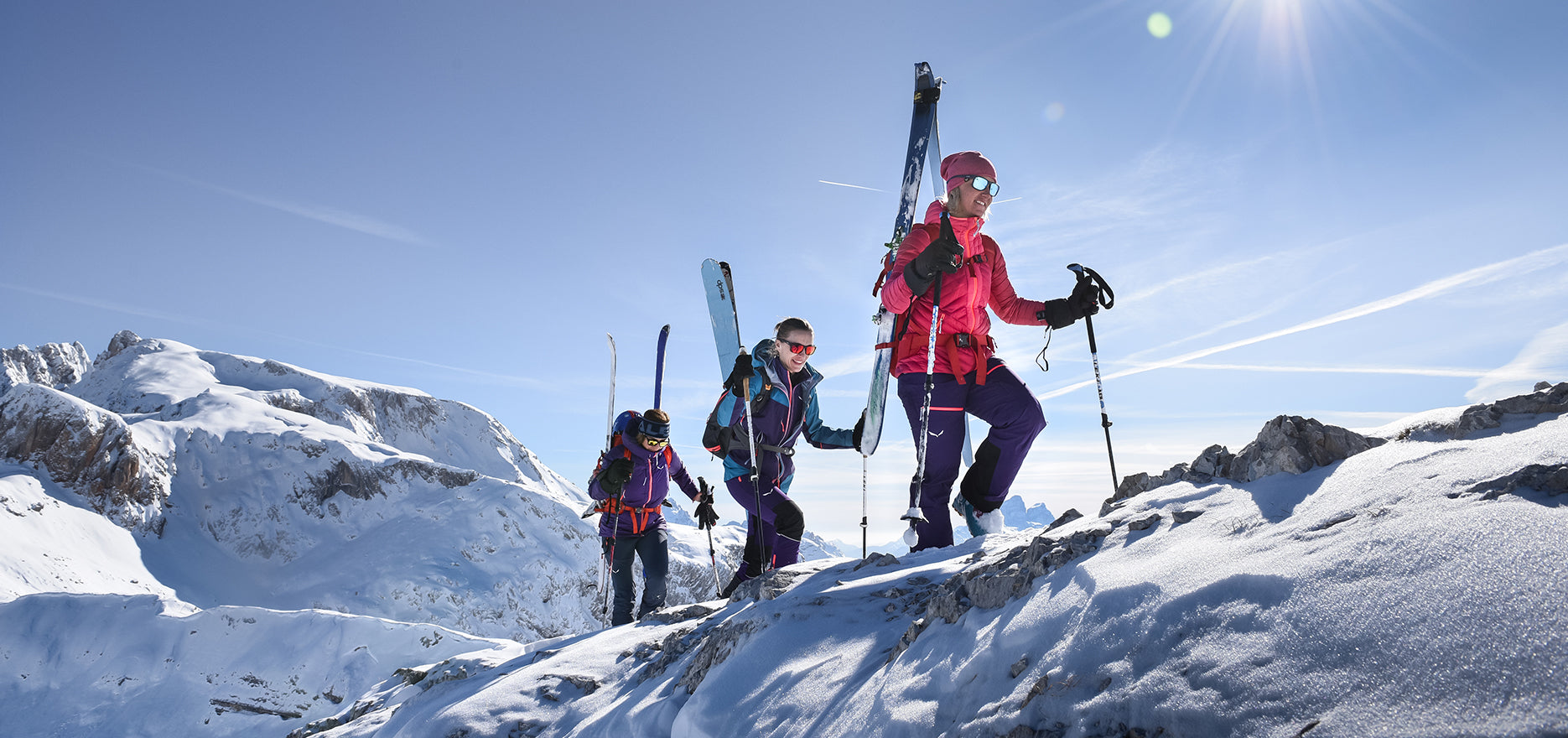
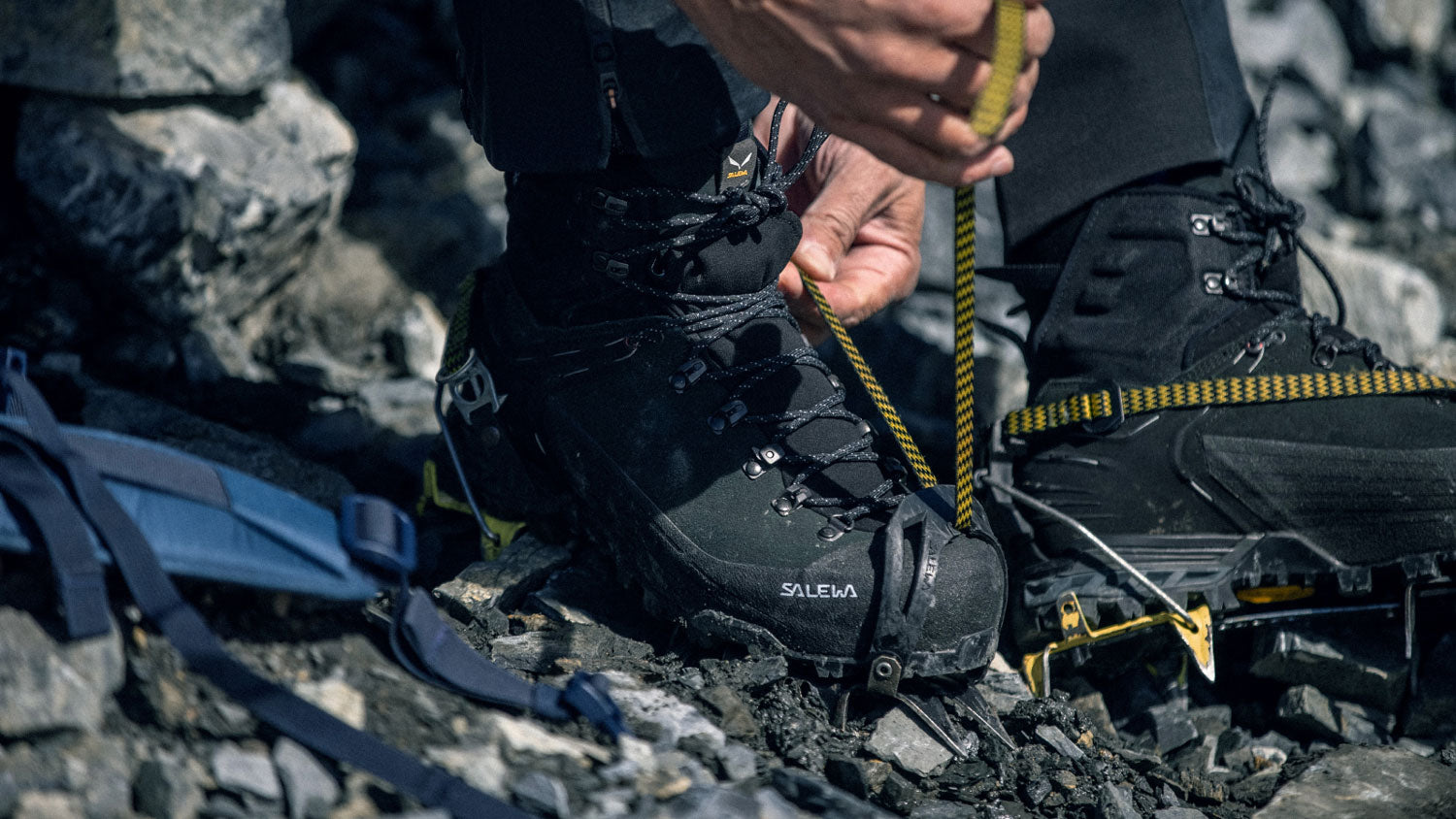
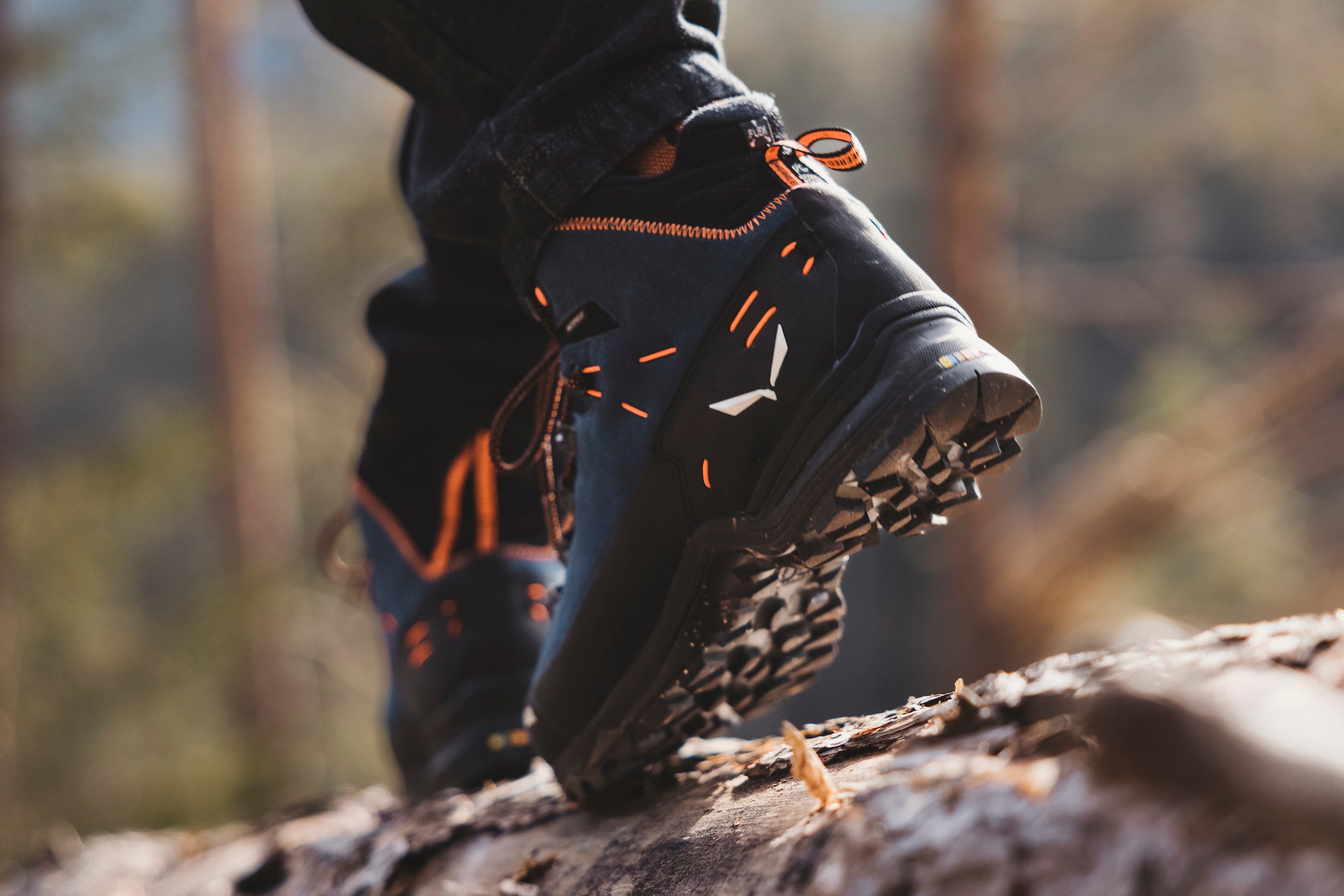

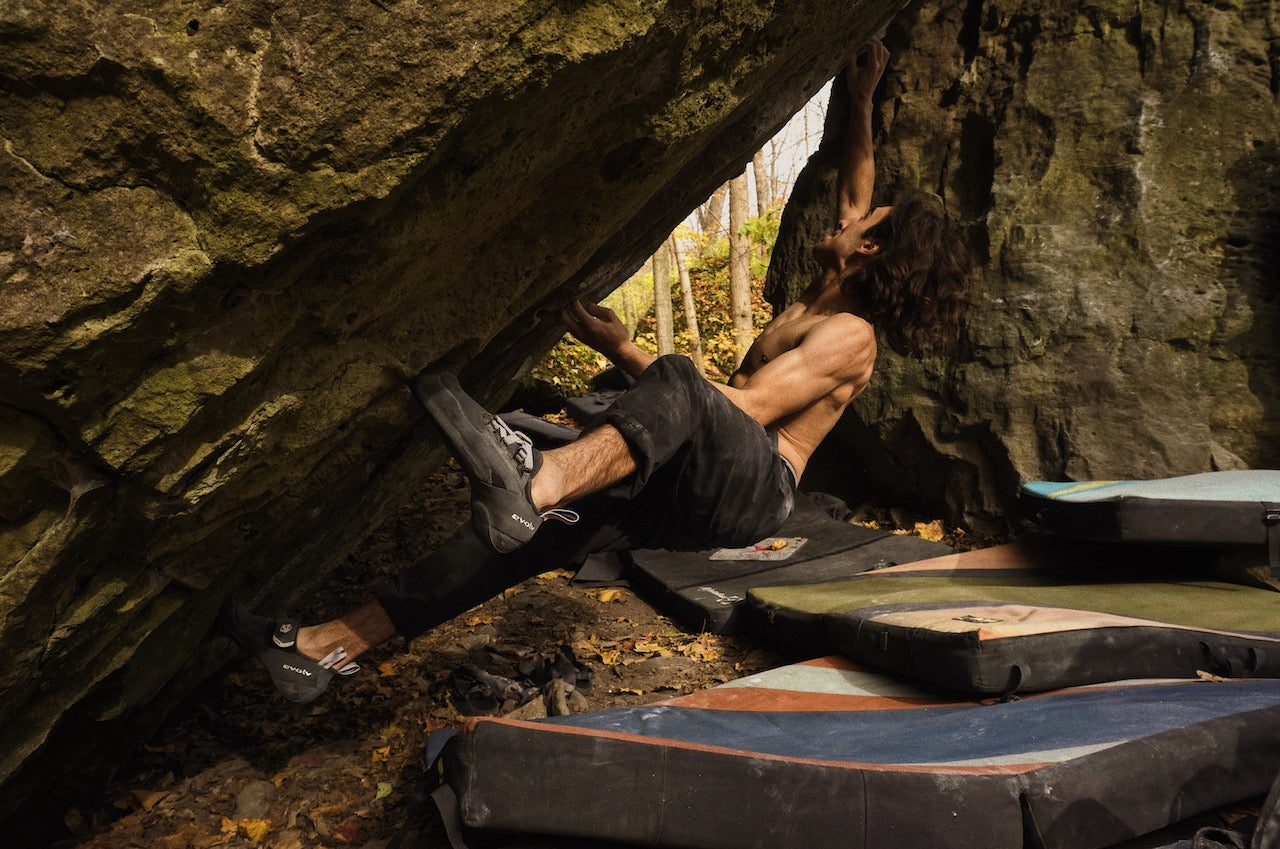
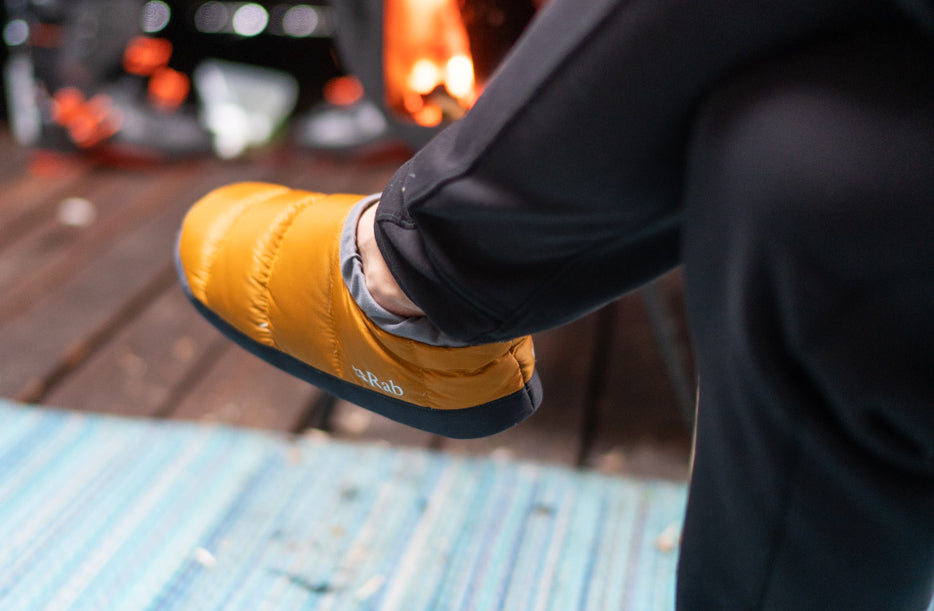
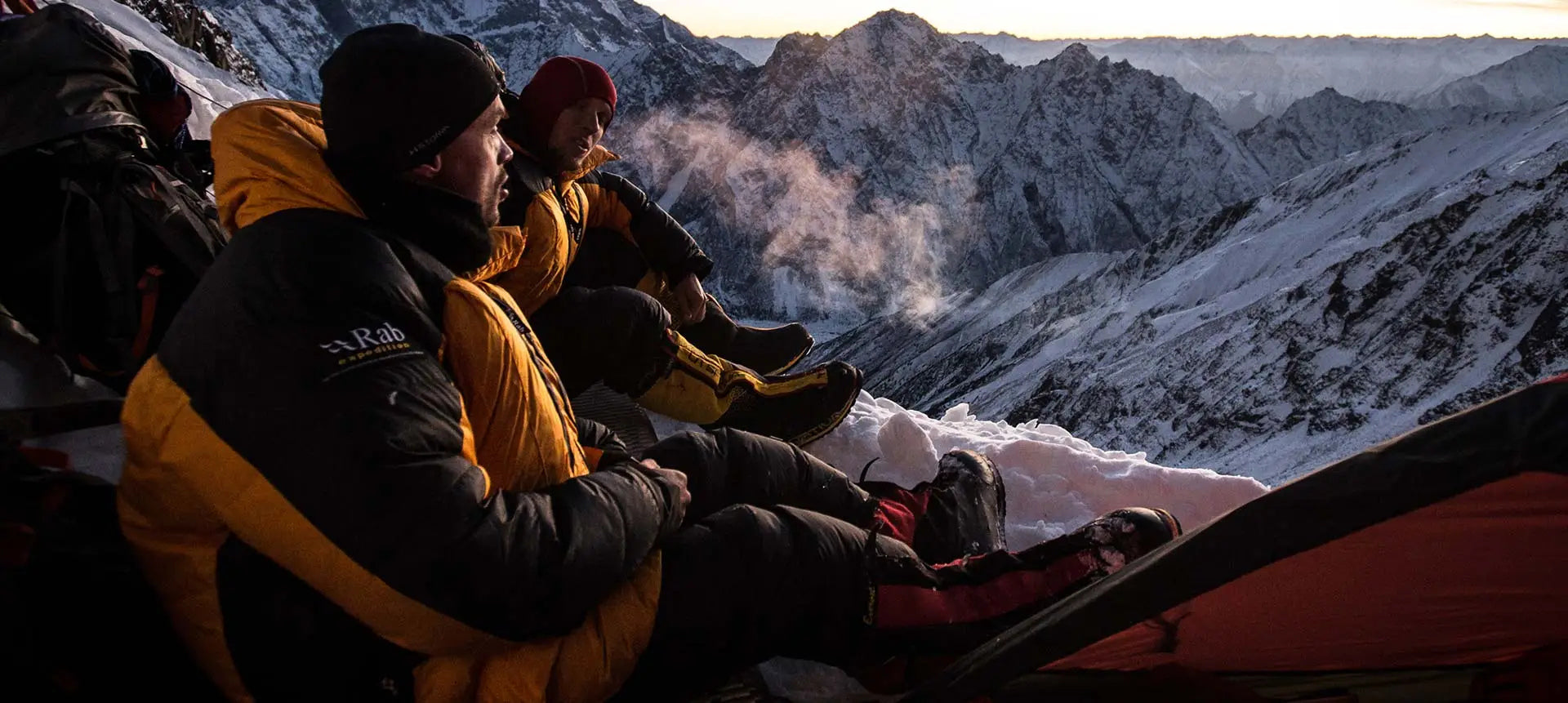
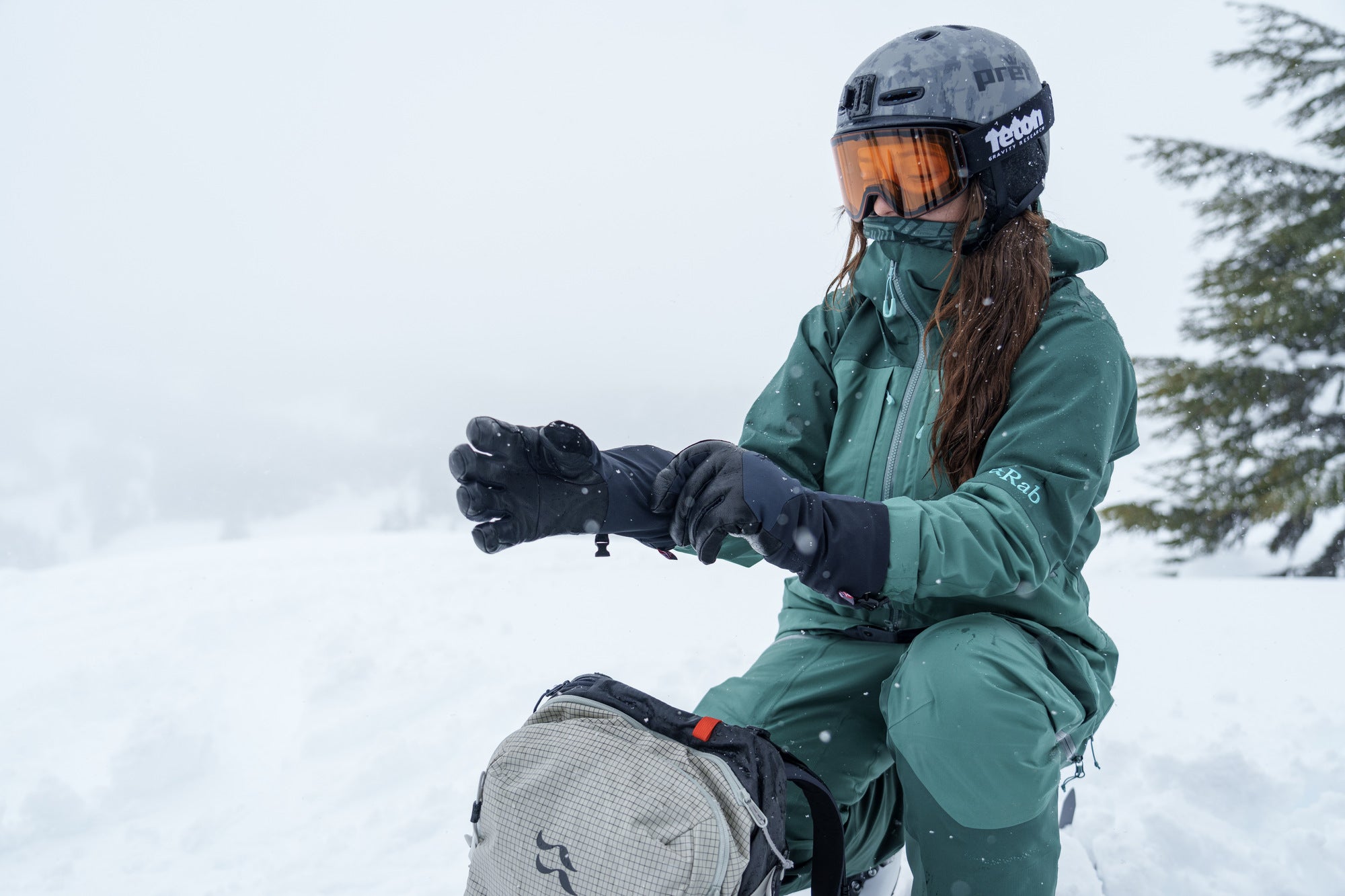
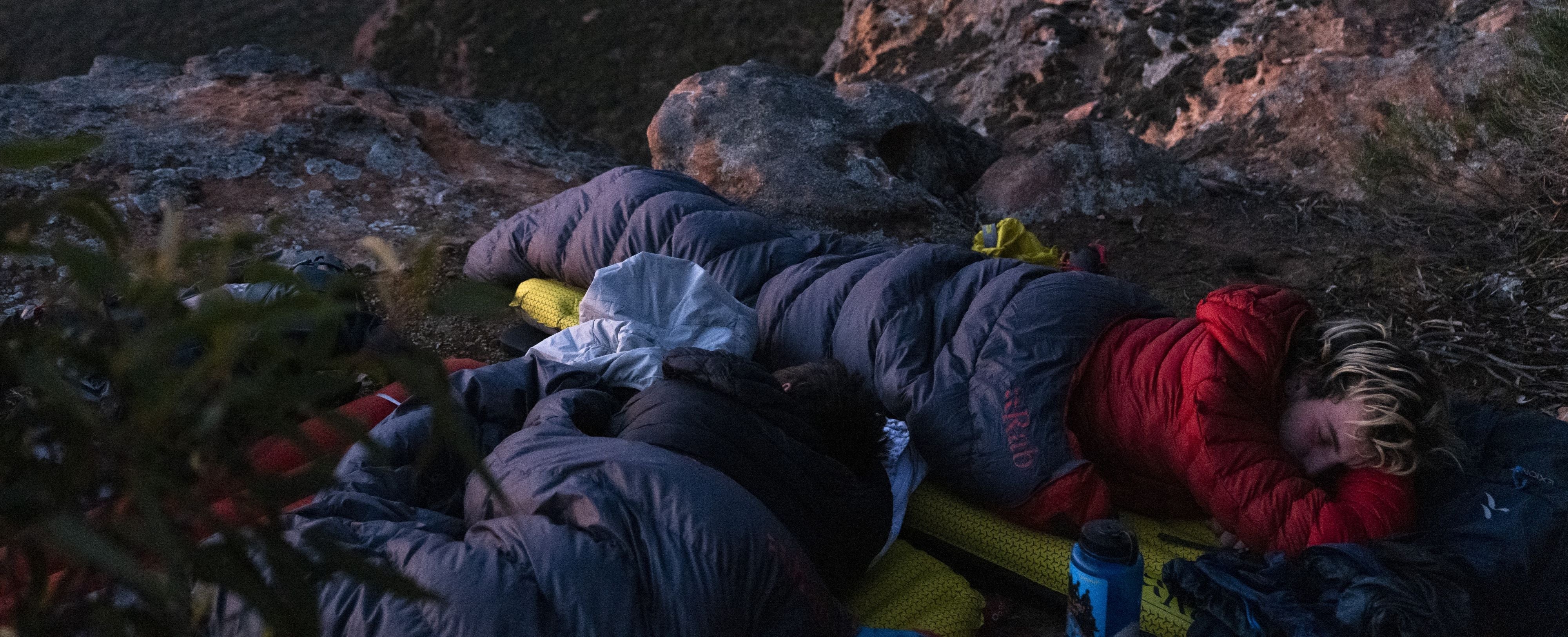





Leave a comment